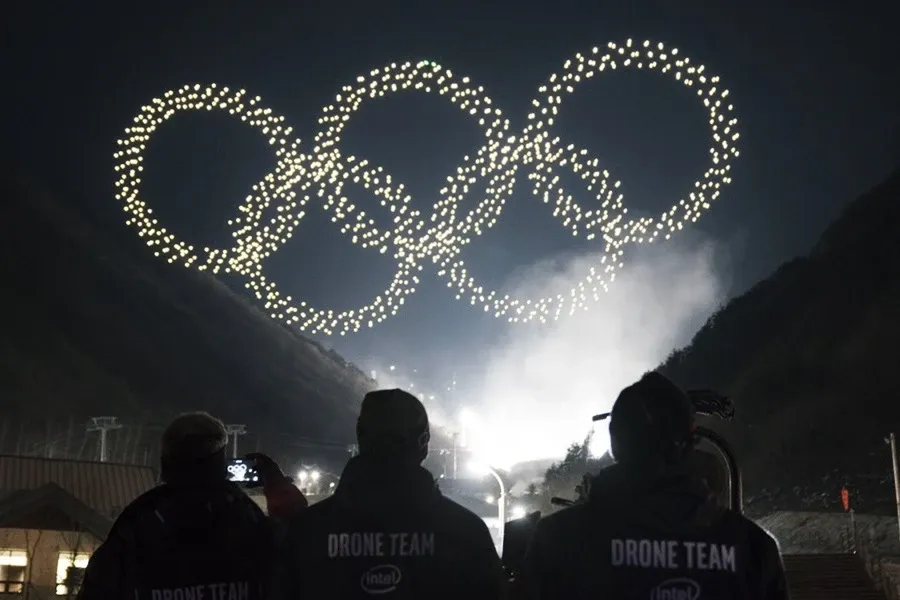New AI Regulations Signal Rising Compliance Costs for Telcos
Analysis from Omdia reveals that telcos need to take into account formal AI regulation issued by the EU and South Korea.

While drone swarms have been an area of technological development for many years, their practical applications have only recently gained significant momentum, according to Technology Foresights, an innovation intelligence platform by GlobalData. This is particularly visible following increased attention during the Russia-Ukraine war, as reflected in Google search trends.
The rapid advancement in AI technologies has further accelerated drone swarm control capabilities, enabling the integration of computer vision algorithms and geospatial data to recognize patterns and automate previously impossible operations. This evolution has led to drone swarms finding diverse applications across multiple industries, earning recognition as a high-impact innovation, and a leading data and analytics company.
The latest advancement in drone swarm technology significantly enhances operational efficiency by eliminating the traditional requirement of one operator per drone. This breakthrough achieves advanced autonomy through onboard intelligent agents, developed using human-in-loop and trustworthy AI systems. These agents can independently assess their surroundings, exchange target data with other drones, and make mission-priority decisions without requiring constant communication with the control station. This innovation addresses a critical weakness in swarm-based warfare systems, where electronic warfare tactics frequently overwhelm communication systems and disrupt the data connection between drones and their control stations.
“In an era marked by escalating geopolitical tensions, drone warfare has emerged as a pivotal element in modern military operations, with armed forces globally embracing unmanned aerial vehicles for a diverse range of tactical and reconnaissance missions. In a significant development, defense industry major Thales recently showcased a full-scale demonstration of drone swarm deployment, featuring multiple autonomy levels that significantly reduce operator cognitive burden,” commented Sourabh Nyalkalkar, Practice Head of Innovation Products at GlobalData.
In response to the current geopolitical climate and growing military demand for advanced drone capabilities, drone swarm control technology is expected to experience significant growth. Patent analysis reveals that over 50% of technology patents in this field have been granted within the past three years, with major corporations holding the majority share. Though smaller in proportion, startup-owned patents are rapidly increasing, accompanied by growing investment activity in the sector.
“The innovation landscape in drone swarm control technologies extends well beyond the defense sector, with significant developments emerging from the communications and networking industry. Telecommunication companies are rapidly adopting drone swarms for various applications, including network optimization, infrastructure monitoring, and emergency coverage deployment in critical areas,” continued Nyalkalkar.
The technology’s development ecosystem is diverse and competitive, with over 100 companies actively innovating in this space. While defense industry leaders like Thales, RTX, Northrop Grumman, and BAE Systems continue to advance military applications, specialized drone manufacturers such as SZ DJI, Skydio, and Tevel are making significant contributions. Additionally, major telecommunications players including Qualcomm, Ericsson, Verizon, and AT&T are developing their own drone swarm solutions, while geospatial solution providers like Here and Geofrenzy are expanding the technology’s capabilities.